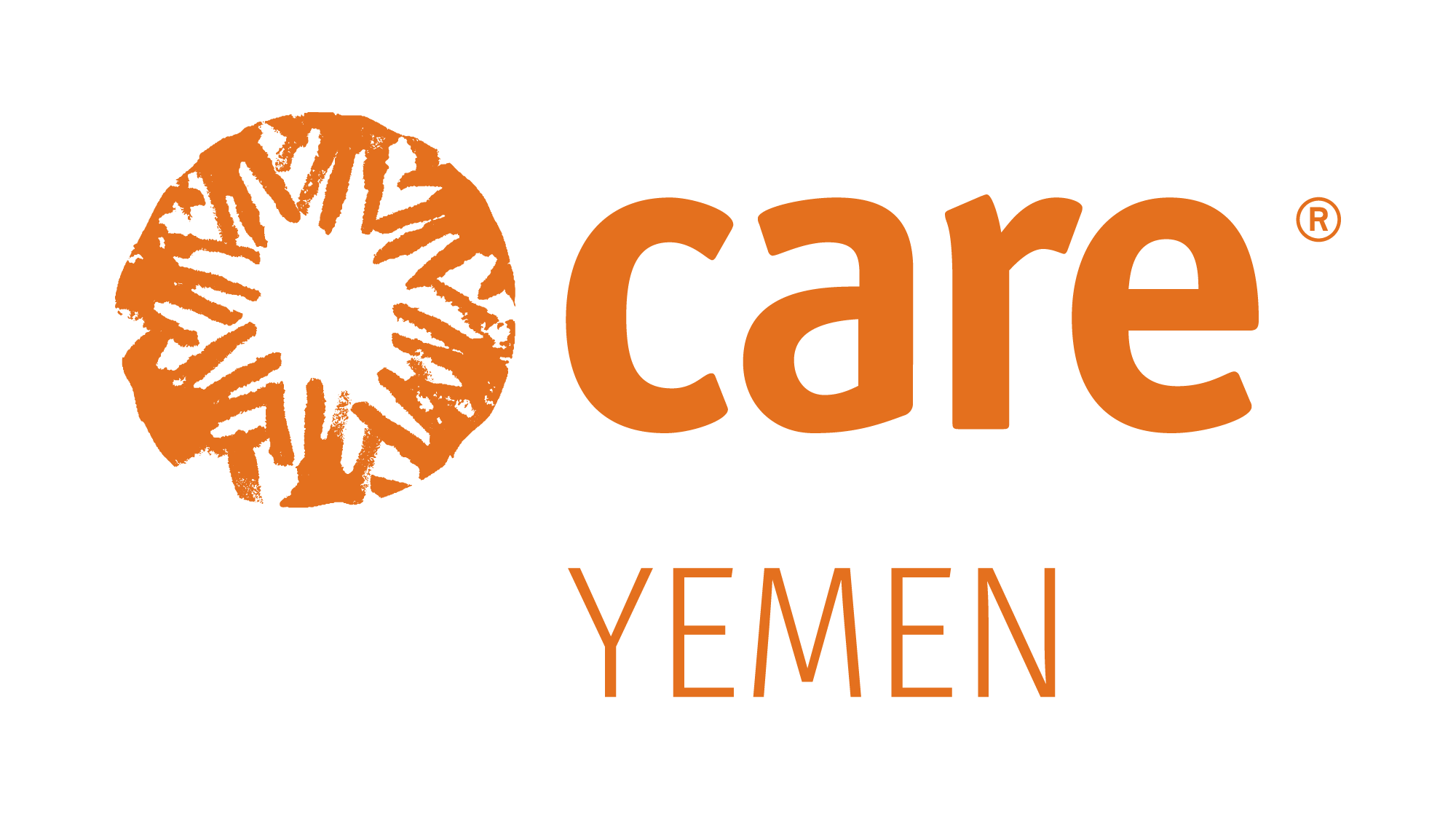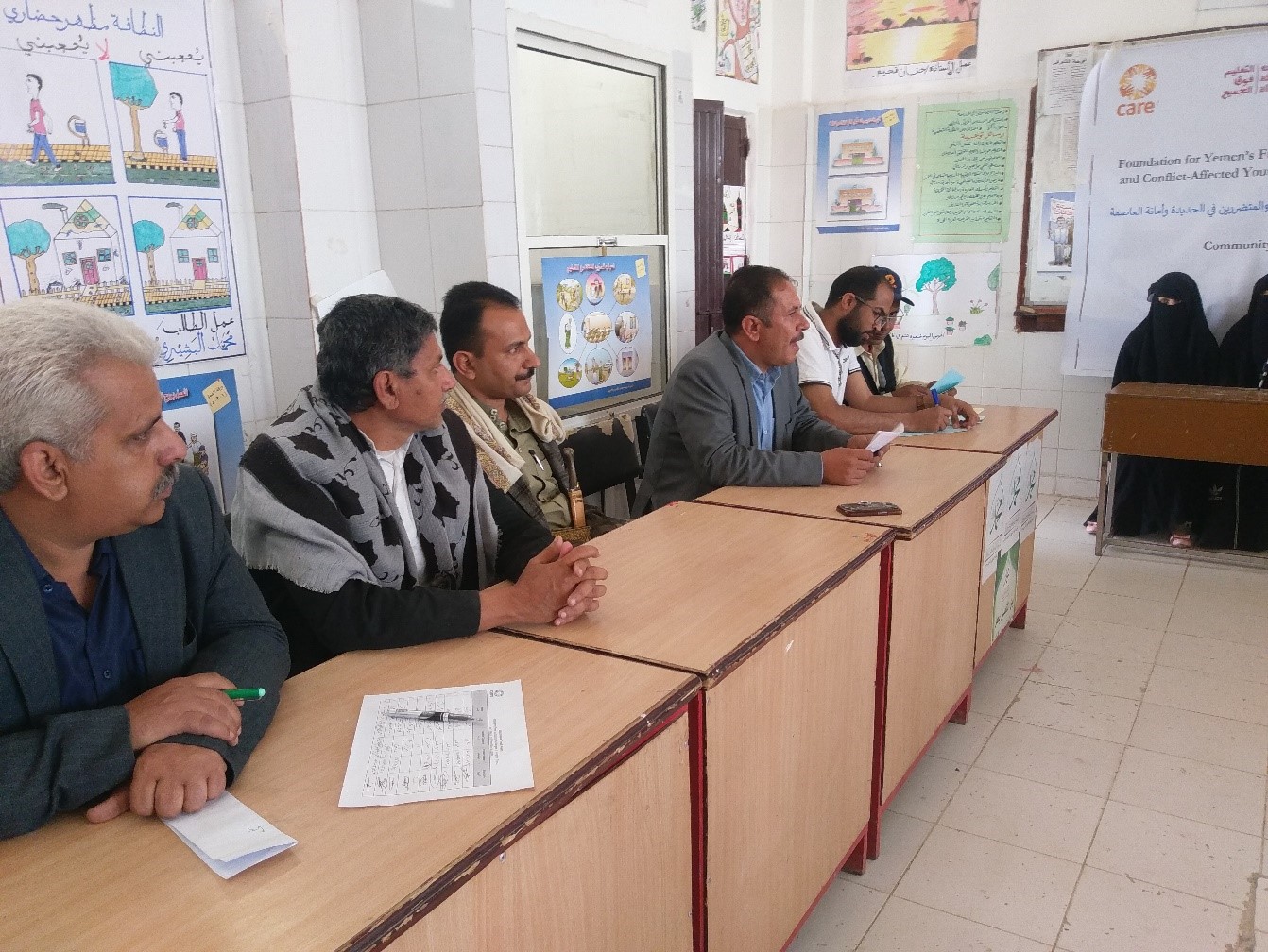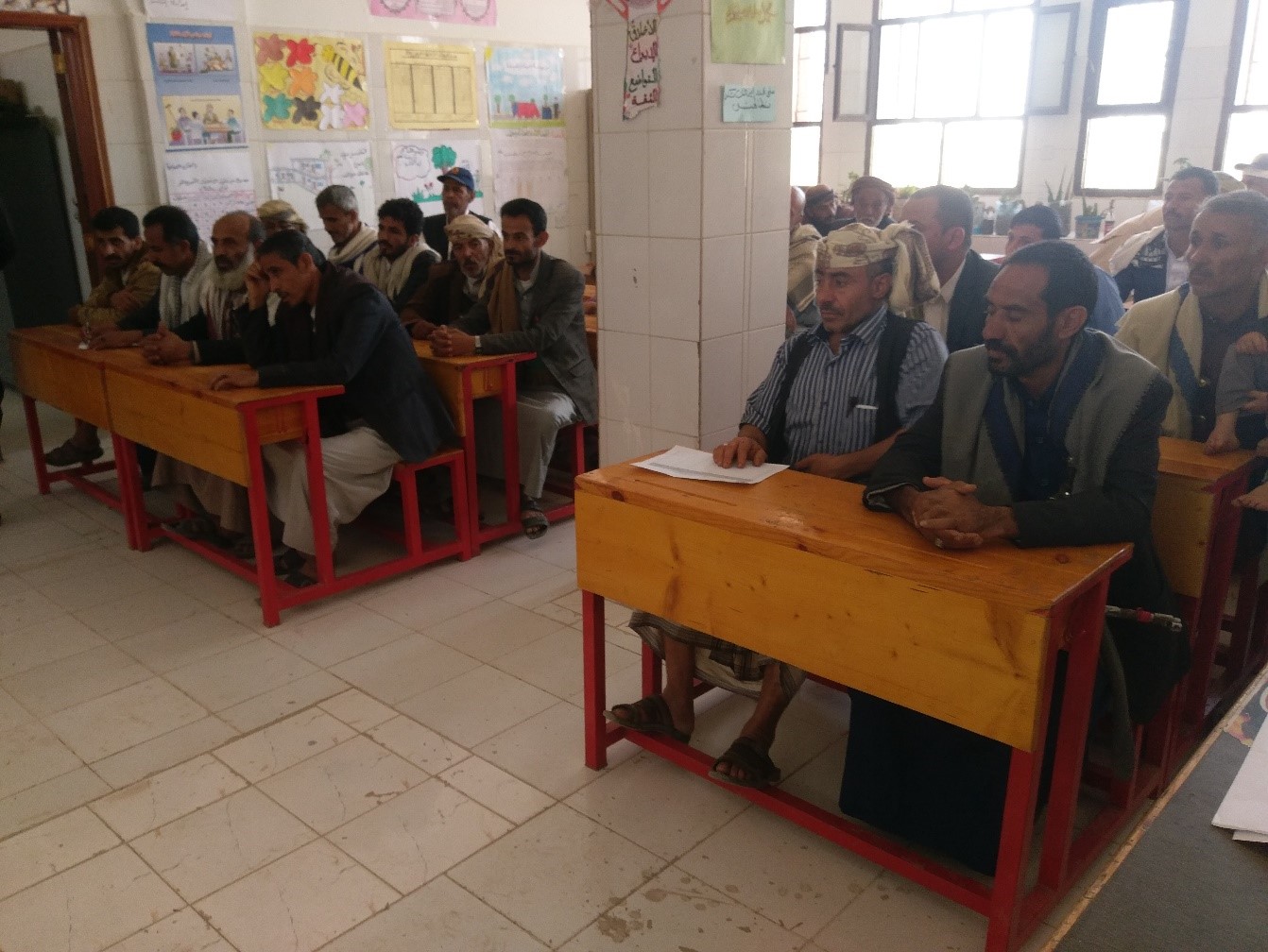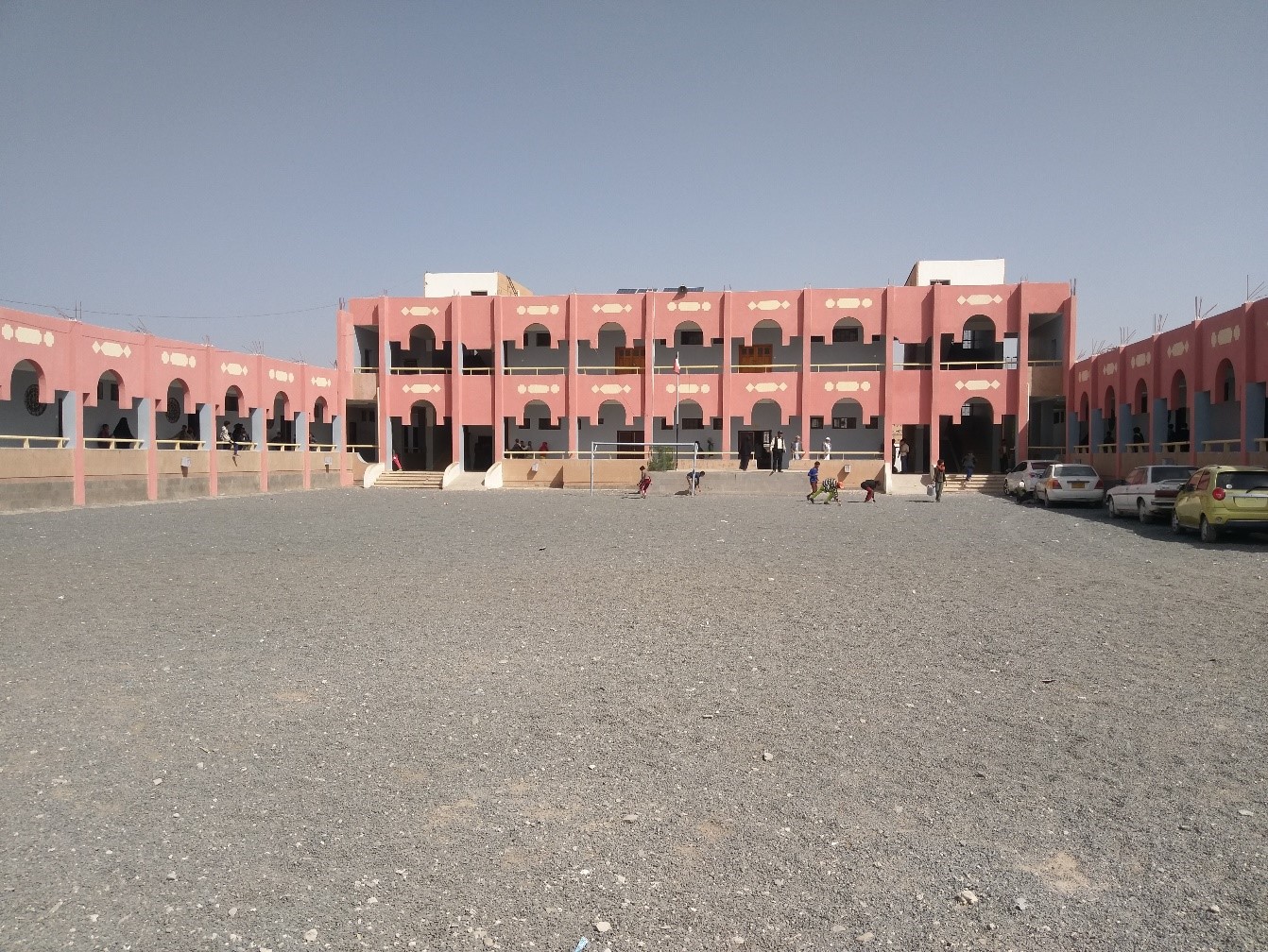More than five years of the war in Yemen has had a devastating impact on children’s health and well-being. More than 7.4 million Yemeni children need humanitarian aid to conquer protection risks, a health and nutrition crisis, and disrupted schooling. Nearly one-third of all school-age children were already out of school even before the COVID-19 pandemic. Due to their inherent vulnerability, children are affected by the pandemic as families struggle to adapt to basic COVID-19 prevention measures such as isolation and regular hand-washing.
Children’s education is one of the major casualties of the ongoing war. An entire generation of children in the country faces a bleak future because of limited or no access to education. Many reports state that the education sector is on the brink of collapse because of conflict, political divisions, and chronic underdevelopment. Many children haven’t gone to school for years, and even those who remain in school aren’t getting the quality education they need due to the lack of public sector salaries and a subsequent severe shortage of teachers.
The quality of education is at stake because teachers haven’t been paid for years, and many have left schools or reduced their working hours to find other paid jobs in order to support their families. The education sector has been badly affected by teachers’ absences, and school hours were reduced even before COVID-19.
In addition, public schools suffer from a scarcity of learning facilities, many of which have been damaged by the fighting. Schools are being used as shelters for displaced people, while some have been taken over by armed groups.
With funding from Reach Out To Asia (ROTA), CARE supported schools with awareness-raising programmes and facilitates community dialogue as a part of its response to improve the education system and to support students to return to school.
Regular conversations between different actors and stakeholders is a key component to improving educational change, given the importance of community involvement in identifying and addressing education obstacles and solutions. Through community dialogue participants discuss the educational issues the community and the students face and try to solve these issues.




